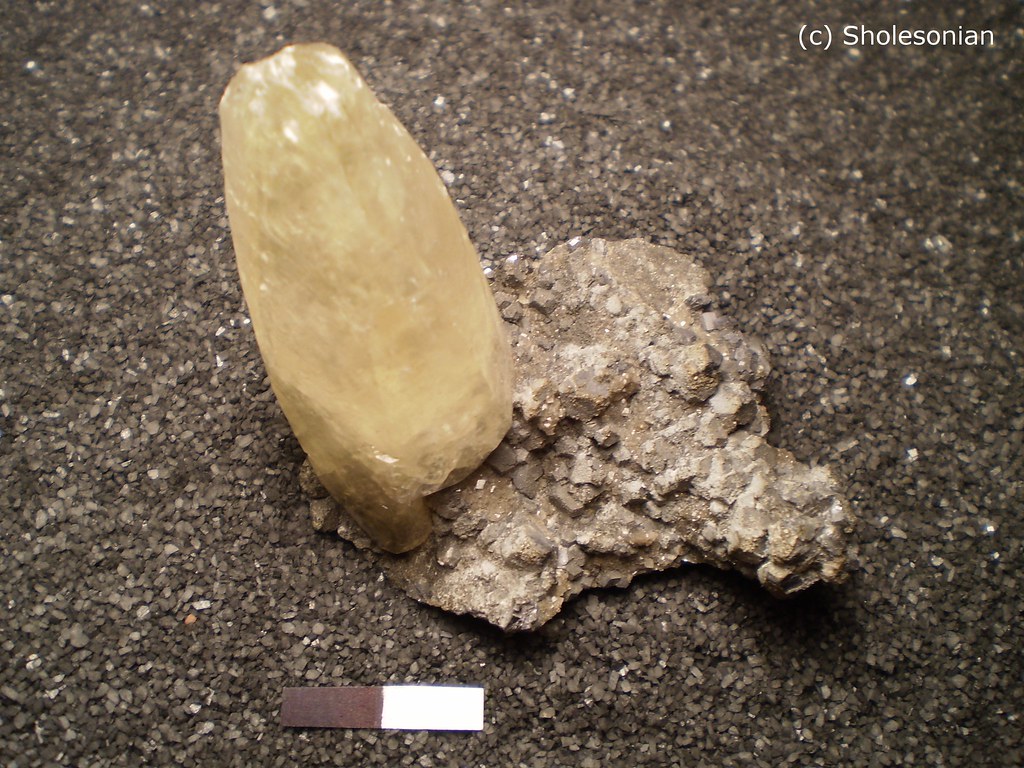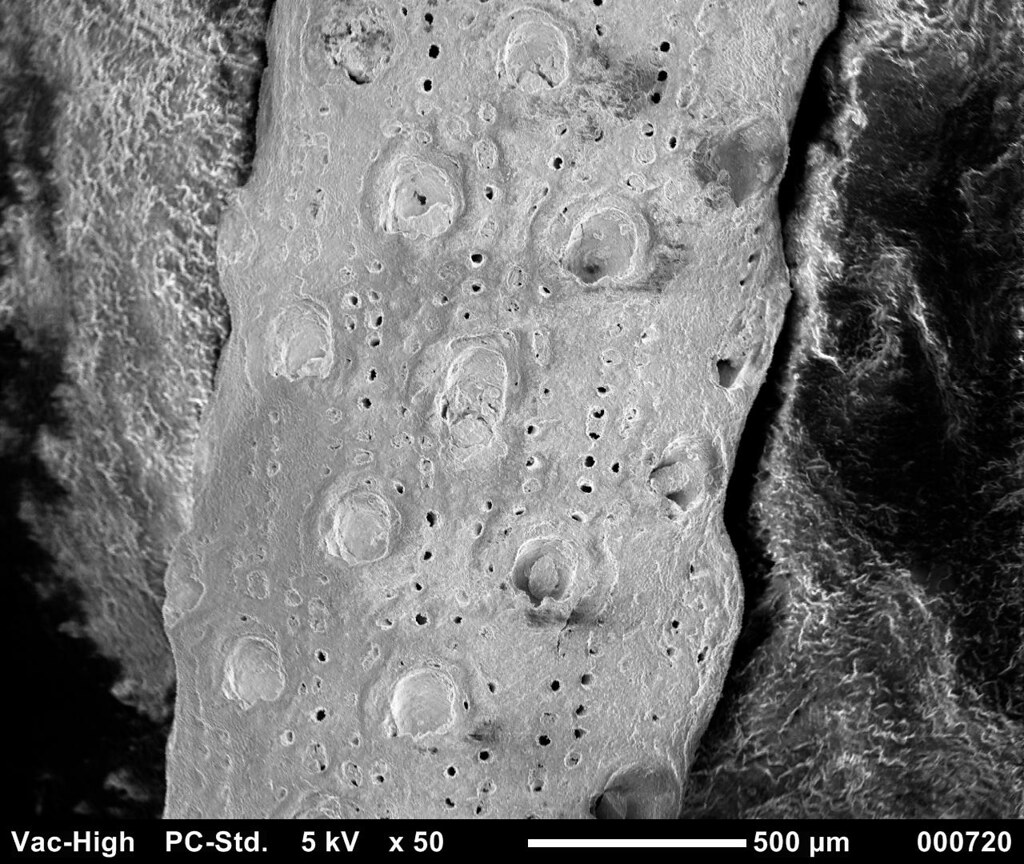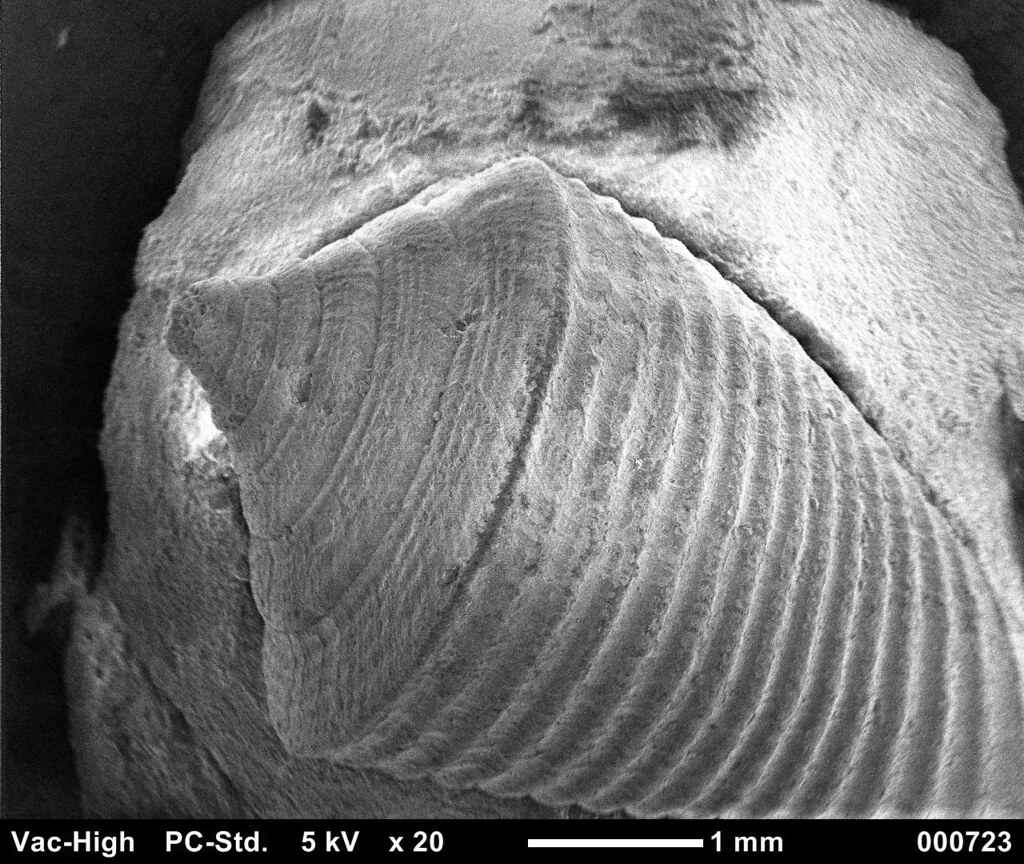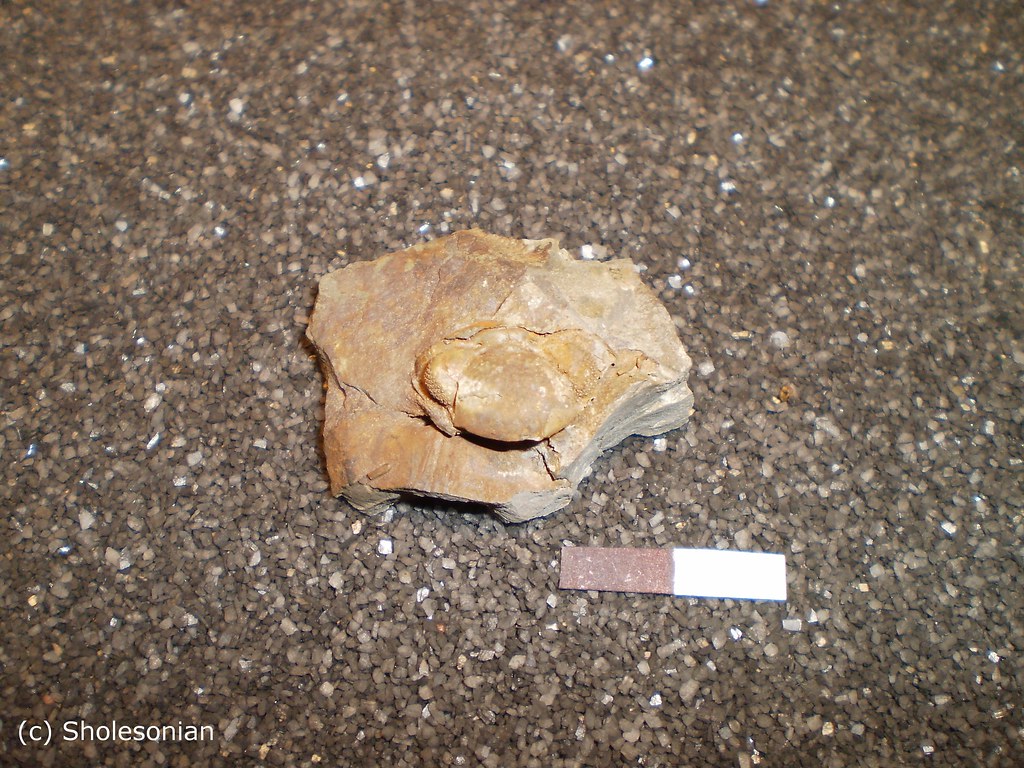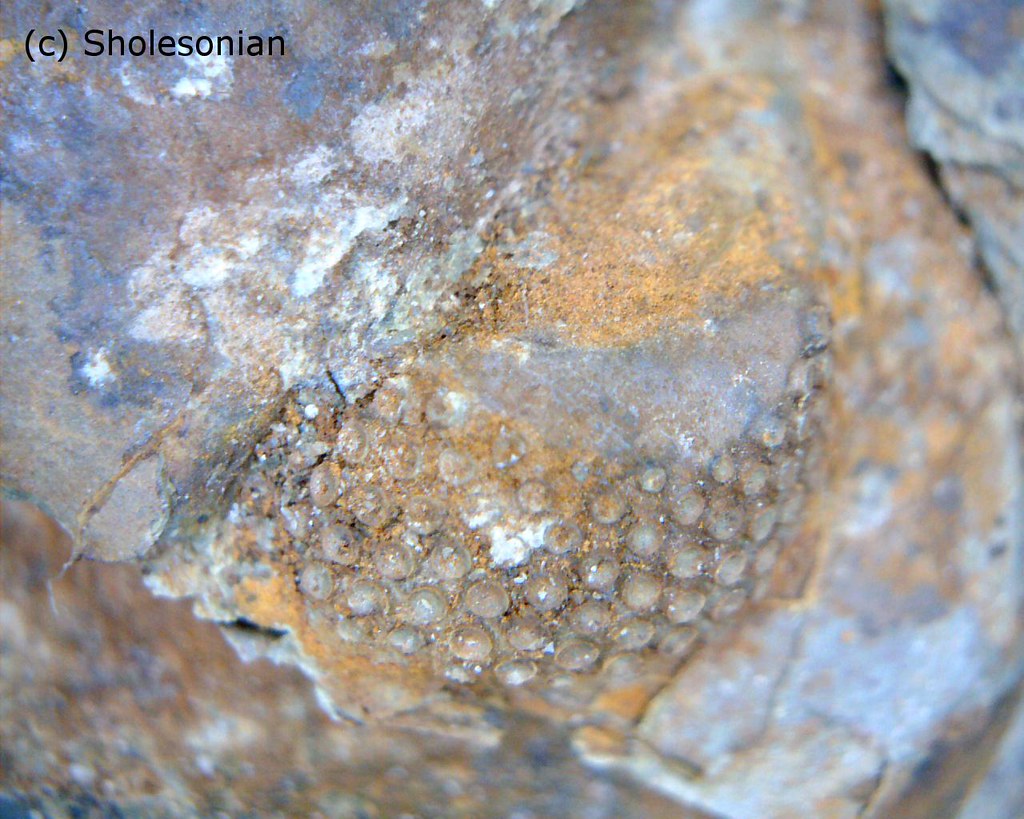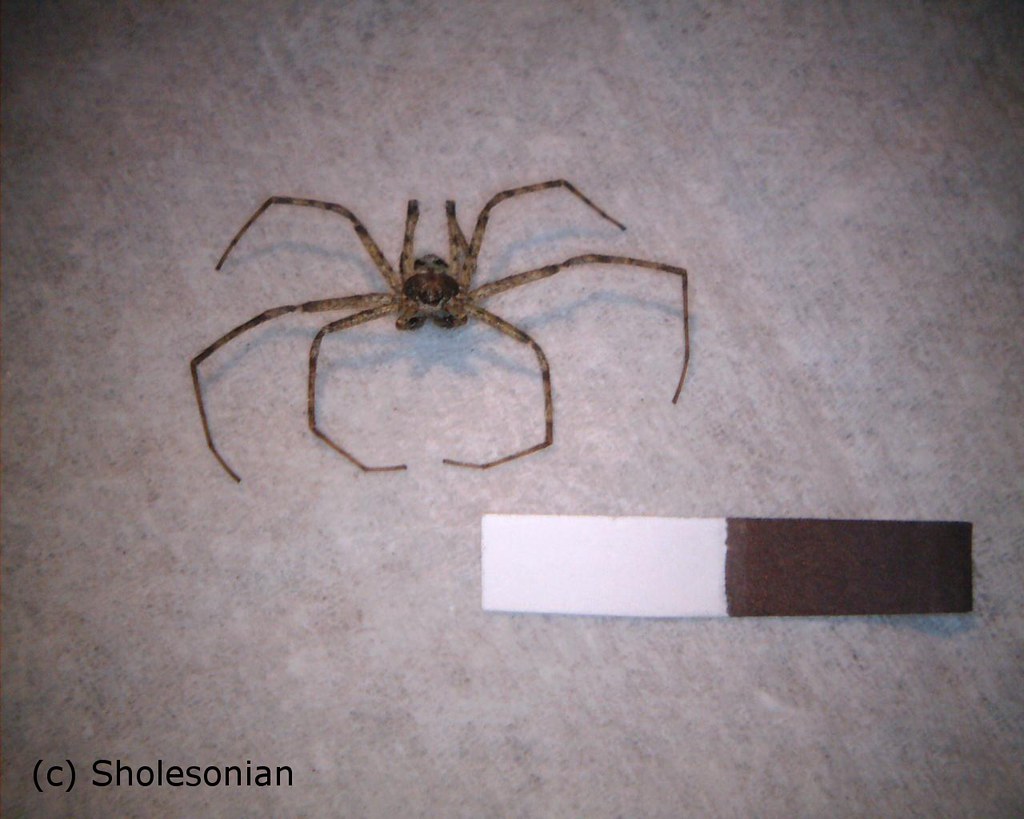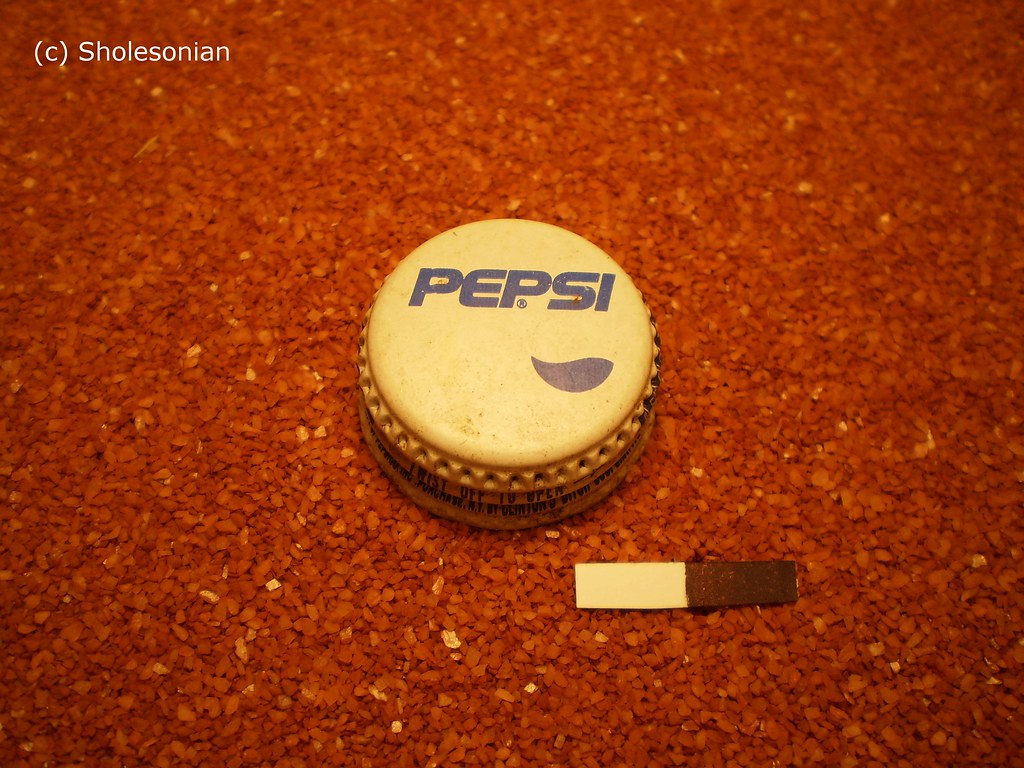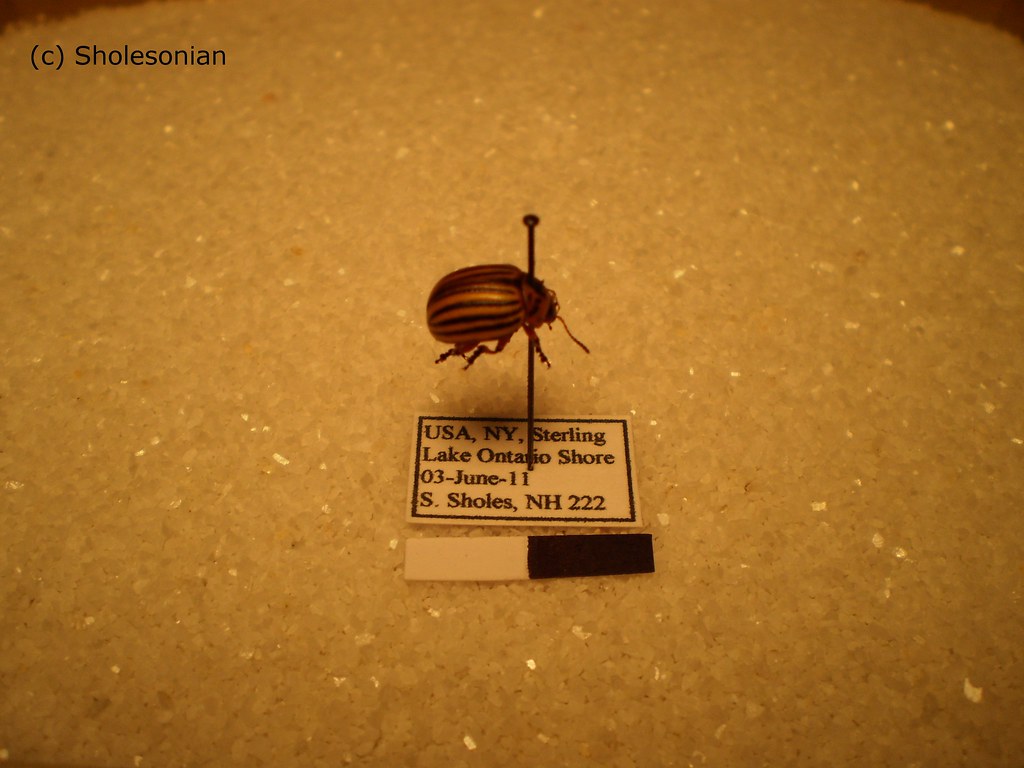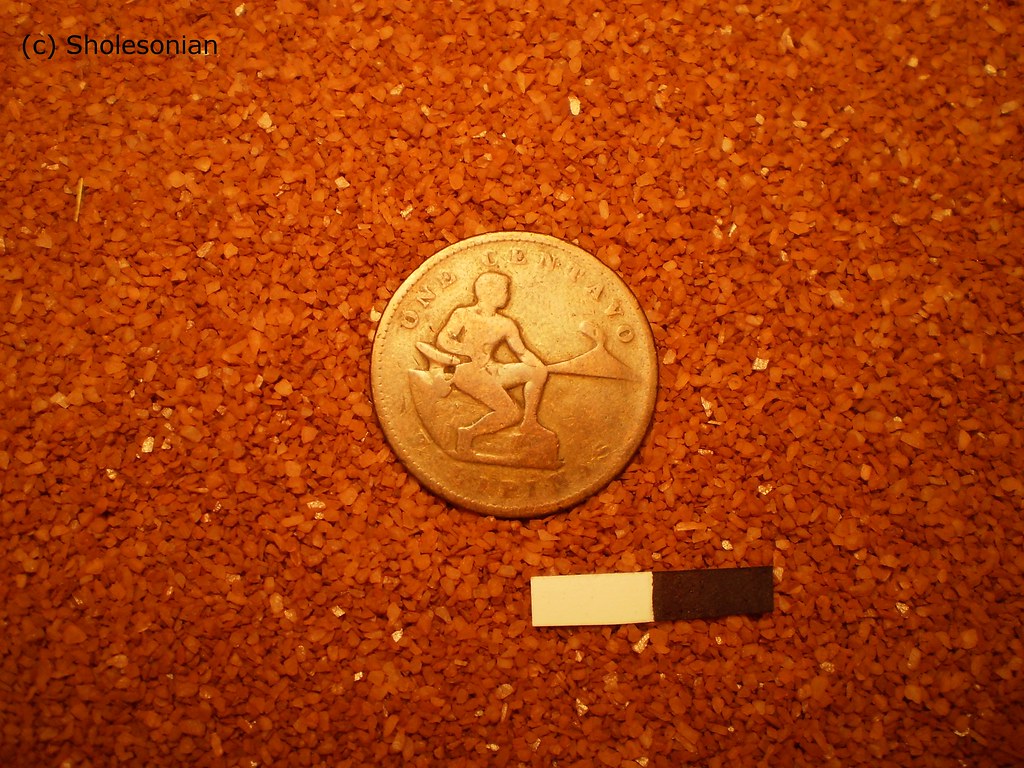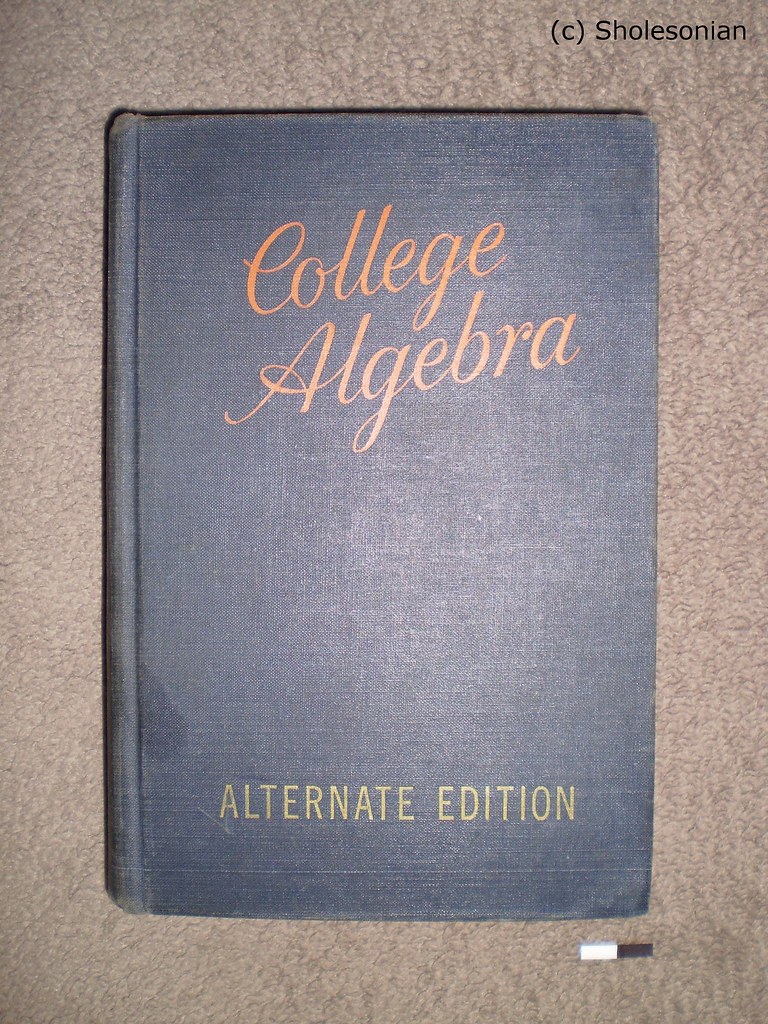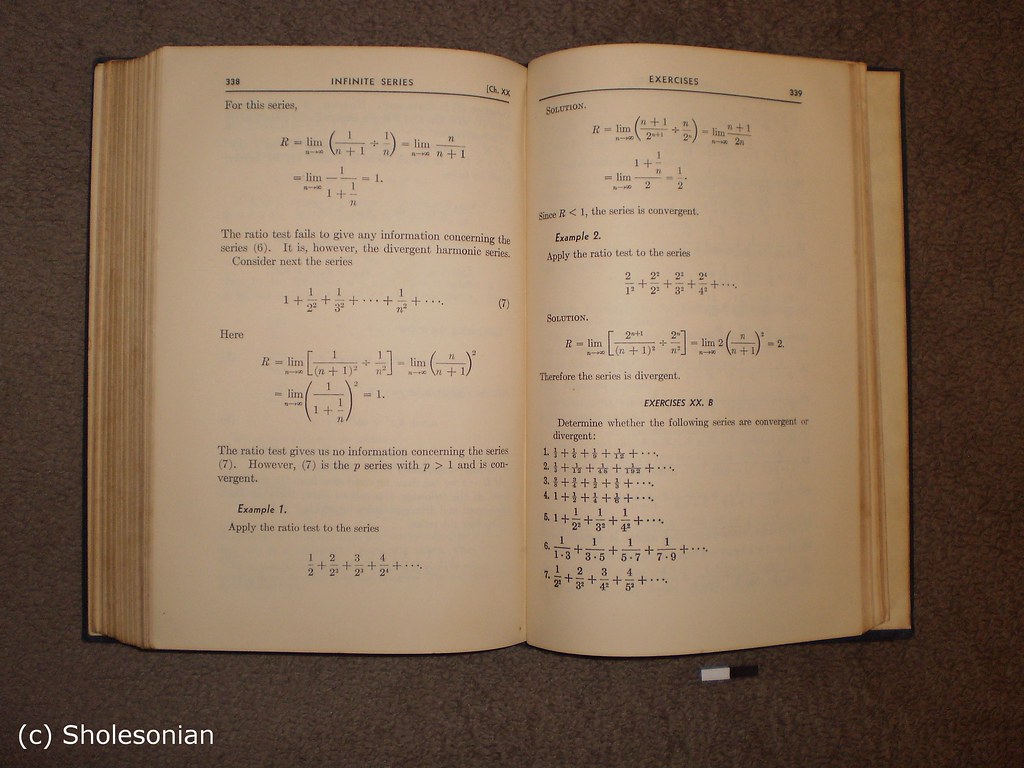NH 336
Eastern Toe Biter
Lethocerus griseus
Category: True Bugs
Family: Belostomatidae
Wow, it's been awhile since the last post, but have no fear the Sholesonian hasn't gone anywhere (final exams just take up a lot of my time). Sholesonian Facebook fans will note that about a month ago I teased you all with the image of a large aquatic insect with giant pincers from New York - so ladies and gentlemen here is NH 336: the Eastern Toe Biter.
Found crawling across a parking lot in Cortland, New York in November, 2011, this bad bug (it belongs to the suborder Heteroptera and is thus technically a true bug) is also sometimes referred to as the electric bug. This is because while they live in ponds and shallow water habitats, they evolved to use the stars for navigation and thus get utterly confused by electric lights. This is why they are commonly found outside their natural environment.
Their large mandibles produce a powerful and painful bite, one of the worst in North America, and live up to their name. While they cannot breath underwater, they hunt motionless with their head underwater and their 'tail' end floating on top with a tube they can breath through (see photo above) ready to strike. They hunt for small fish, amphibians, and even baby snakes/turtles and will occasionally mistake someones toe for food. Don't worry, while they have a painful attack where they eject their digestive saliva, they aren't dangerous or venomous. Their enzyme-filled saliva starts to break down the insides of the deceased prey and it will then suck out the juices through its beak.
And of course you can learn more about Eastern Toe Biters' relative the American Toe Biters here.












